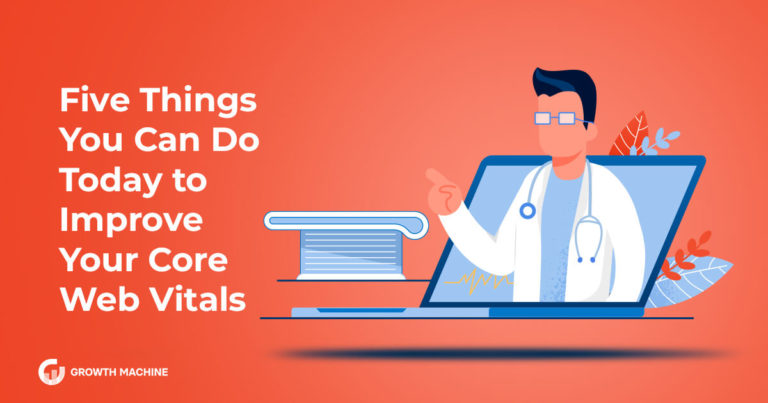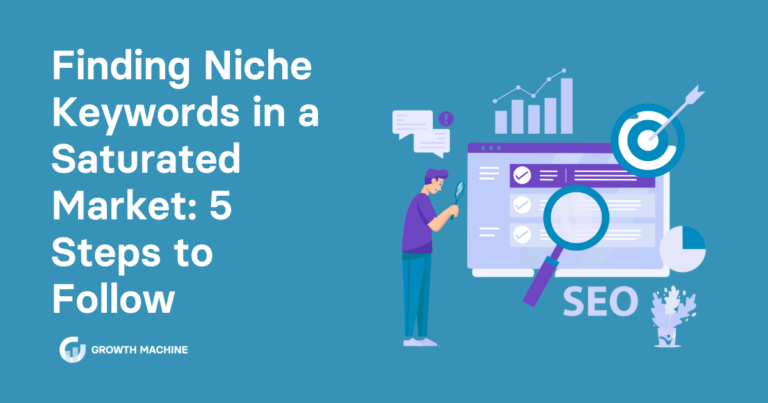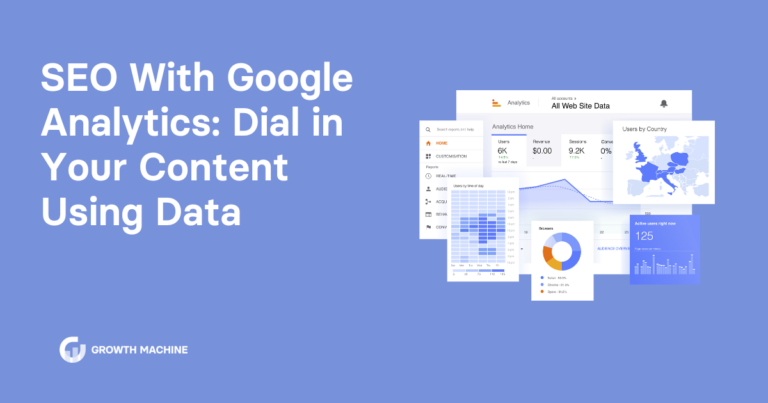How To Use Content and CTAs To Boost Conversion and Reach Your Marketing Goals
As a business owner, you may be disheartened when your blog posts increase organic traffic, but don’t convert to sales. You start to think that the content you (or an agency) wrote isn’t very good. You may even begin to wonder if you’re targeting the right keywords. The truth is, content that increases organic traffic doesn’t immediately lead to more sales. In fact, you need to nurture and convert the lead once you’ve built the traffic.
We know that sounds like a lot of extra work. Fortunately, you can nurture and convert leads by using your content smarter and making sure your CTAs are the best they can be. Here, we’ll talk a bit about the goal of organic traffic and how you can use content to increase conversions, not just sales. Plus, we’ll offer a few quick tips so you can optimize your CTAs.
The Goal of Organic Traffic
People often assume that the goal of organic traffic is to drive sales. While that can certainly be true, in most instances, consumers who arrive on your blog (or website) through a SERP (search engine results page) have never heard of your brand before.
So, the first thing to remember about organic traffic is that blog readers are usually top-of-funnel leads. That means they’re likely encountering your brand for the first time — and without a familiarity or level of trust with your brand, they may not be ready to make a purchase. At this stage in the funnel, most readers are simply gathering information or looking for advice. If you’re focused on organic traffic as a driver of sales, you may be disappointed when you see blog posts not “converting.”
This is why many marketers use a marketing funnel to visualize the way readers interact with content and why they visit your site. Skyword has a great graphic and explainer on how the marketing funnel works. Essentially, the top of the funnel is where lead generation happens. The goal for most businesses at this stage of the funnel is to increase awareness. You do this through blogs, webinars, social media campaigns, and marketing campaigns.
Once a reader is aware of your brand, they move through the sales funnel to an “interest” stage. This typically reflects the consumer signing up for the company’s newsletter or downloading an informational PDF. With more information, the reader may then demonstrate intent to purchase.
For example, the potential customer may add a product to their cart or sign up for a product demo. Finally, at the bottom of the sales funnel is the coveted sales conversion. The sales funnel is an excellent way of understanding how your business can address potential customer needs and different points in the funnel. You can then craft marketing campaigns to push them closer to a sale.
Organic search is a fantastic way to introduce your brand to new consumers, even if they don’t make a purchase immediately.
That’s why we tell all of our clients that the real goal of organic traffic should be increasing awareness and developing a relationship with prospective customers.
Just because you’re not achieving an immediate sale doesn’t mean there aren’t other benefits of investing in organic traffic. Organic leads may recognize your name and come back to you later. They may sign up for an email list or download a free whitepaper. Or they may recommend your service or product to someone else after reading your content. They might sign up for your newsletter to learn about upcoming products and services. Or perhaps they sign up for a free trial. Or maybe they complete another activity that helps lead them further down your sales funnel.
All of these actions should be considered conversions.
By understanding why potential customers are reading a specific blog post, you can craft calls to action (CTAs) to meet their needs.
Let’s say that you’re a keto jerky company writing a blog post about the latest health trends this year. Readers who end up on your blog may be active keto dieters or they might just be curious individuals looking for health trends. If you design your CTA with a focus on encouraging readers to purchase your jerky, it probably won’t be effective. Why? Because readers may not be at the point in the purchase lifecycle where they’re ready to hand over their credit card information.
Instead, they could be trying to understand the health benefits of jerky over other snacks, or learning how to read ingredient labels, or collecting information to help determine which brand and flavor they are most likely to enjoy. Or perhaps they’re only interested in the latest health news. Not every reader is ready to buy.
That’s why it’s far more effective to focus your CTA on a smaller ask that’s more in line with the reader’s immediate needs — like signing up for your newsletter where they can learn more about keto. This way, you’re more effectively targeting readers who may be on your site for informational purposes only at this point. Then, in your newsletter you can add more information about the diet, why it’s useful, and how they can try your products.
This is why we encourage clients to think about conversion as more than just a sale. In an ideal world, we’d be able to make one CTA and close the deal. But when you consider email sign-ups, downloads, and free trial sign-ups as conversions, you have the opportunity to build trusted relationships with customers and foster brand loyalty and repeat purchasing behavior.
Pushing a sale from the first contact with a prospective customer likely won’t result in a sale. But if it does, it’s more likely to be a one-and-done purchase — and your content can do better!
How To Use Content To Move Readers Through the Sales Funnel
You can’t just write content and expect it to convert. As mentioned, you need to nurture your organic traffic leads in order to make sales. First, you need to attract prospective customers to your content by ensuring it’s optimized for search rankings. (Otherwise, interested readers won’t find it!) Not only should you be using SEO best practices and content strategies to boost your website ranking, but you should also tailor your content to meet your conversion goals.
1. Identify the Goal of Your Content
Writing informative and SEO-friendly content is a great way to boost top-of-the-funnel and middle-of-the-funnel conversion. These types of conversion include newsletter sign-ups, quiz completions, downloads, free trial subscriptions, and building an online community. Start by figuring out what you want your content to accomplish, but don’t just think about sales. Once you have a goal in mind, you can craft better content and CTAs to seal the deal.
2. Use Your Content More Than Once
Our clients who are most successful in making conversions are using the same piece of content in lots of different ways. They don’t just write a blog post, publish it, and move on. Instead, they may take key points from the article and put it in a newsletter. They may condense it down and share the essential details in a social media post. Or they might include the information in a paid ad.
By repurposing content, you’re putting your brand and products in front of multiple audiences. Someone who doesn’t regularly read your blog may find your post on social media and check out your website.
You’re also targeting users at different points in the sales funnel more effectively. For example, a blog article may be designed to offer introductory information to people who are new to your brand. Taking some of the information and repurposing it in a newsletter helps you better target customers who may have already made a purchase — or one who added your product to their shopping cart but didn’t complete the purchase.
Finally, you may be reinforcing your authority with the same prospective customer by presenting them with variations on the same information (like a blog post and a podcast). Trust and authority are much more likely to lead to sales, and repeat sales, than pushy calls to action.
3. Present the Important Info First
In the age of the internet, attention spans are shorter than ever. You have just a few seconds to catch the eye of your reader before they move on to something else. To increase the chance of a conversion from your content, you need to prioritize the information that is most important to the reader and make it skimmable.
With this in mind, we recommend writing in a pyramid style. This term means you include the key details within the first few paragraphs. Some sites even have a bulleted section highlighting the main points of the article. This way, readers can confirm that the article is relevant to their needs before they spend time reading. Further down in the content, you can include more granular details for the readers who want to spend time reading the entire article.
4. Use Visuals
Since attention spans are short, using visuals — like photos and infographics — in your articles can help keep prospective customers on your site longer, increasing the possibility of conversion. Furthermore, infographics and other visuals can help you explain complex topics without demanding that the reader digest pages of text. These visual elements can also help you highlight a CTA in a more appealing way.
We did this with our Cup & Leaf blog with so much success that we were able to increase sales directly from blog posts! The key was to make the information visually appealing and eye-catching. Some people may hang on every word about the benefits of tea, but others simply want an easy solution to a problem. As such, we designed our CTAs to focus on common issues that could be solved with a purchase of our tea — and it worked.

We prominently placed a customer pain point over an image that was eye-catching but not distracting. Next, we added a quick description of how our product could help. Finally, we included a CTA in our brand colors, and linked the image to our tea products. This made it easy for readers to buy and supported our conversion goals.
How To Make CTAs More Successful
Now that you know how content and conversions work in your overall marketing plan, you can improve your processes. Here are a few tips for making better CTAs and increasing conversions.
1. Select Color and Sizing
The color and sizing of your CTA button is important. Marketers have found that green and orange buttons perform well, but you can also choose colors that match your branding. Optinmonster has a great breakdown on the best CTA colors if you need some help. Whatever hue you choose, make sure the CTA is easy to read and doesn’t get lost on the colored background. For example, don’t use a light purple button on a dark purple background. Instead, go for contrasting colors for the information you most want to draw readers’ attention.
Make sure the size of the CTA isn’t overwhelming or too tiny. Look at your webpage on both mobile and desktop and size the button so it’s easy to see but not distracting.

For example, take the CTA on our home webpage. Our main goal is to have clients contact us about our services. We have a CTA button in blue located at the bottom of text describing our basic service. The authoritative text and simple color scheme make it easy for users to learn a bit about us and contact us without having to scroll around the site or click through multiple pages.
2. Use Descriptive Action Words
Write in an authoritative tone by using action verbs that reflect what you’re selling. Don’t just add a button that says “go” with a link that takes users to a sign-up page.
Instead, use active and descriptive phrasing such as:
- Sign up for our free trial
- Join our newsletter
- Reserve your seat
- Download our travel guide
You can also add a sense of urgency by making your button reflect limited-time deals. Adding the word “now”, encourages users to sign up right at this very moment. You can also use a CTA for a short-term promotion like “Buy our guide for 50% off today only.”
3. Make It Visible
This may seem like a no-brainer, but you’d be shocked at the number of websites that don’t do this properly. Don’t hide your CTA below the fold if it’s on a main page of your site (it may make sense to place the CTA at the end of a blog post, though). Place it near the top of the page so readers can easily navigate where you want them to without having to scroll down endlessly. It’s also helpful to put the CTA button where users will see it after reading about your offerings. Since we read left to right, CTA buttons are best placed to the right or bottom of the text.
4. Utilize Different CTAs on Different Pages of the Site
Many businesses need to have different CTAs. Maybe you want to have people sign up for your newsletter and also purchase your software. When you have more than one CTA, you need to decide which ones are the most important and most relevant to different types of information.
Prioritize your CTAs by making the most important one the most visible and accessible. You can include other CTAs lower on the page or on other landing pages, depending on your products and services.
Optimize Content To Increase Conversions
When looking at success metrics for content, it isn’t just about sales. Conversions can include things like newsletters sign-ups, free trial sign-ups, and free product downloads. Many blog readers are at the top of the sales funnel, so using your blogs to exclusively drive sales will be ineffective.
Instead, use content to nurture leads and meet potential customers where they are. As your organic traffic increases, repurpose your content and craft your CTAs so that different types of readers learn about your brand.
Need help writing great content? We can help with everything from content planning and optimization to link building and blog writing. Contact us today to get more customers with our SEO-focused content marketing.

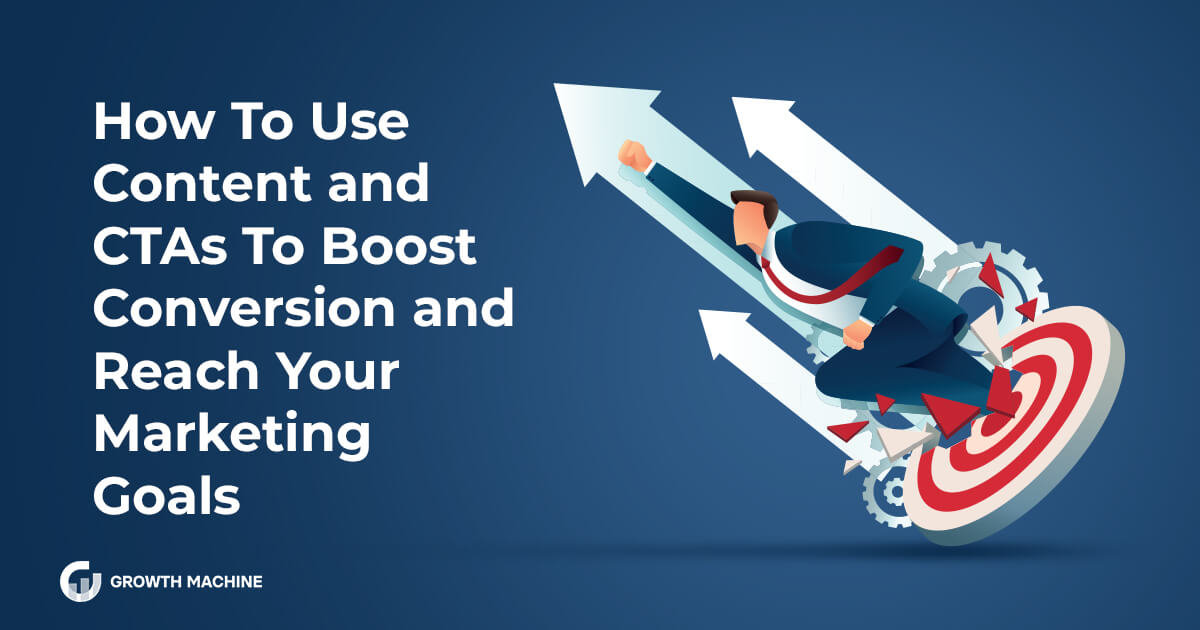
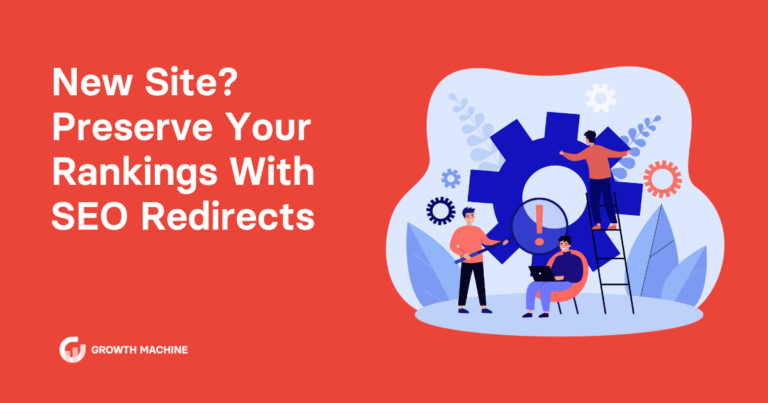
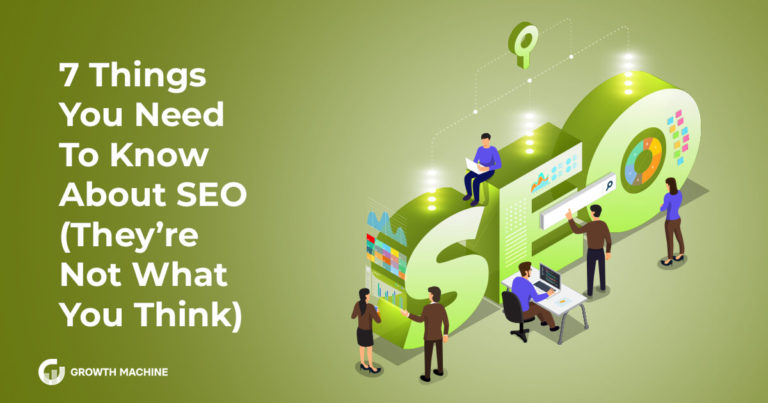
![How to Build a Digital Content Strategy: Step-by-Step Guide [2023]](https://www.growthmachine.com/wp-content/uploads/2024/06/How-to-Build-a-Digital-Content-Strategy-Step-by-Step-Guide-2023-768x403.png)
